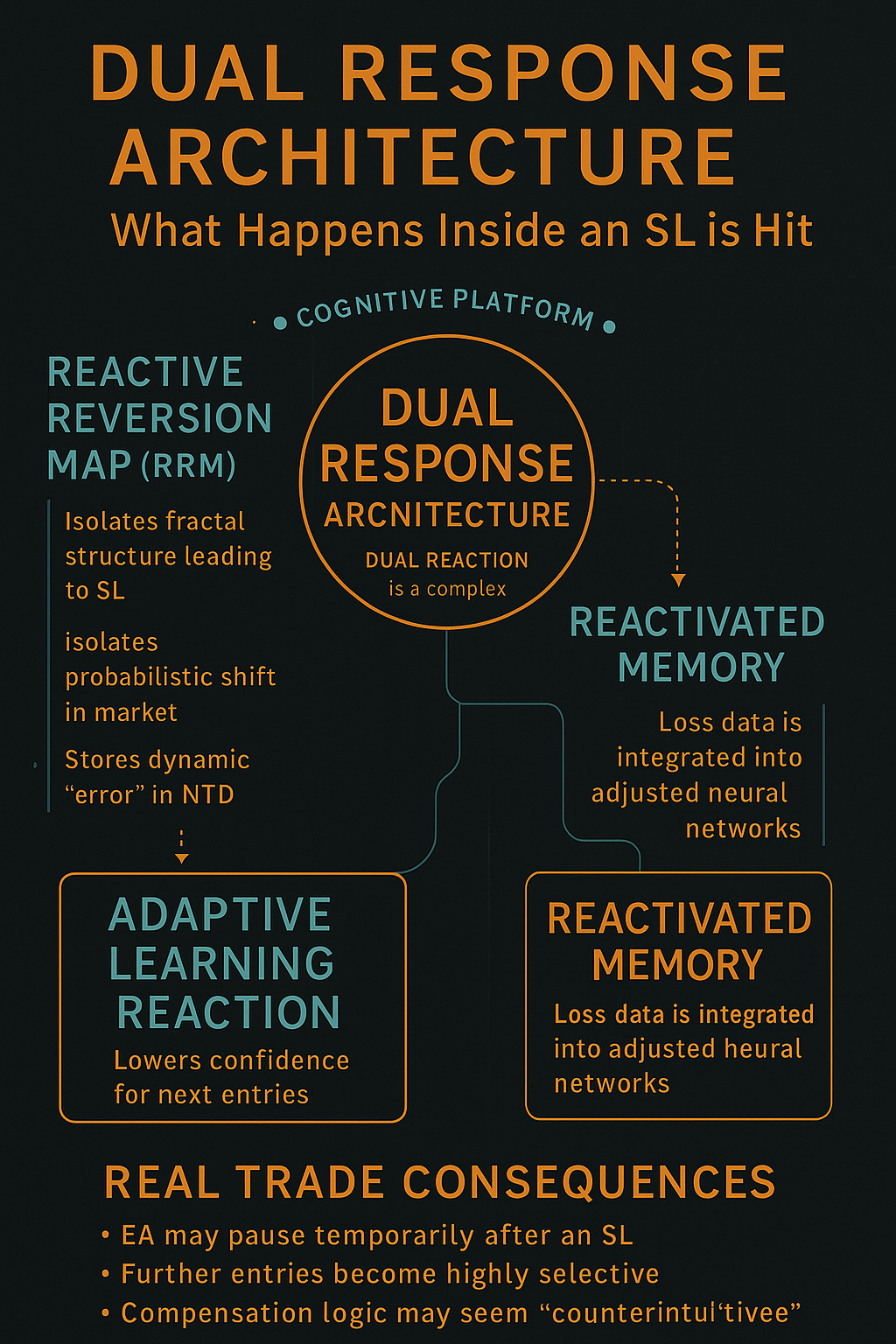🔍 EPISODE I — The Inner Circuit: Architecture of Perception
Quantum Perceptor X is not merely an execution module. It is a second-layer cognitive network, operating at the intersection of neural prediction and volatility recursion. At its core lies a multi-tiered system known as NFAU (Neural Flow Alignment Unit) — responsible for adapting the algorithm to the current phase of market noise.
🧠 Price State Recognition Structure
Every incoming tick passes through a cascade of processing layers:
-
Entropy-Gated Filtering Layer (EGFL)
— Identifies unstable zones based on changes in tick flow density. -
Dynamic Impulse Tracing Core (DIT-Core)
— Analyzes micro-impulses to detect latent order flow behavior that precedes visible price action. -
Neuro-Entropy Overlay Grid (NEOG)
— A matrix that merges price dynamics with probabilistic neural activation. This layer identifies so-called Pre-Intent Zones — areas where the probability of a directional shift exceeds 0.76 on the FQSI (Fractal Quantitative Shift Index).
📡 DeepSeek AI Operational Principle
Instead of relying on conventional indicators, Perceptor X connects to an external DeepSeek cognitive layer via API. Architecturally, this manifests as spectral-temporal synchronization, where each tick is evaluated not against the past, but against a predicted future context, generated continuously through nonlinear modeling.
This includes:
-
DPA-Projection Layer – Predicts entropy deviations through symmetry analysis of prior states.
-
RRN-Mesh (Recurrent Reinforcement Network) – A self-correcting layer that learns from each session and updates local reactivity coefficients in real time.
🔄 Modes of Self-Reconfiguration
Depending on market context, the system transitions between the following operational states:
-
Neutral Drift Mode — Engaged during low directional bias; reduces signal aggressiveness.
-
Fractal Surge Mode — Activated when three key impulse convergence factors are met.
-
Fail-Safe Containment — Halts execution upon detecting asynchronous noise between broker feed and DeepSeek synthetic model.
🧬 The Principle of Nonlinear Reaction
Quantum Perceptor X doesn’t “enter” the market — it phases into it, much like a biological system syncing with its environment.
It doesn’t seek entry — it identifies probabilistic encapsulation, the moment where the market becomes most irrational, and thus, paradoxically, most predictable.
💡 “Chaos is merely order waiting for the right model.”
— Internal DeepSeek Protocol, Layer Q3.7
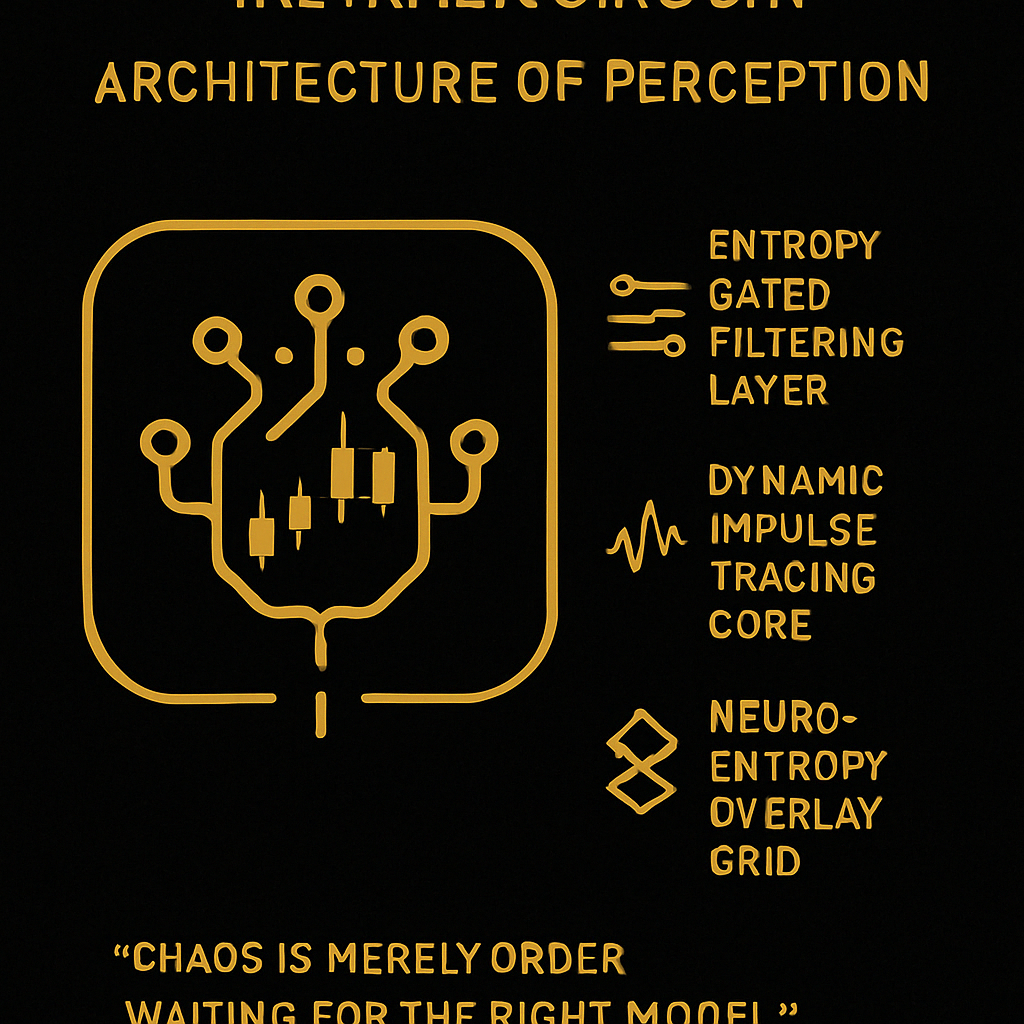
🧭 EPISODE II — The Self-Confidence Decision Algorithm
How Quantum Perceptor X makes a decision
Within every action taken by Quantum Perceptor X lies a process referred to by the DeepSeek team as the SCD (Self-Confidence Decision). It is not simply an entry trigger — it is a probabilistic confidence model, synthesized from over 70 dynamic parameters, including:
-
Statistical anomaly across the last 27 ticks
-
Micro-fractal boundary interference
-
Status of the internal Volatility Tension Loop
-
Neural Resonance Delta (NRD) between current price context and projected behavioral model
🔍 The “Weighted Shadow” Principle
Before executing any trade, Perceptor X doesn’t evaluate a binary choice (“enter/not enter”). It initiates a shadow simulation — a short-form scenario forecast based on the current price state.
This simulation examines:
-
Directional impulse potential
-
Probability of phase expansion
-
Integrity of the entropic structure post-entry
If the resulting Confidence Entropy Index (CEI) score exceeds 0.618, the system greenlights the entry.
🔄 Post-Decision Reinforcement
Every decision made by the advisor is analyzed in the Backloop Evaluation Kernel (BEK) — a background module that audits the rationale of each entry, independent of the outcome.
Even if a trade results in profit, if its logic was marked as impulsive or weakly supported, its neural weight is downgraded in future iterations.
📊 Neural Models Involved
-
ARN (Adaptive Relevance Network) – Filters out non-essential market micro-signals
-
PPV (Predictive Probability Vectorizer) – Builds scenario vectors 8 to 21 bars ahead
-
IRG (Internal Risk Grid) – Constructs a live topological map of acceptable risk depending on short-term trend entropy
🧠 Pseudo-Intuition
To an external observer, the behavior may appear “intuitive” — but it is, in fact, the result of multilayered neuro-phase certainty modeling, trained on thousands of edge-case scenarios no human trader could process consciously.
Perceptor X doesn’t “guess.”
It builds tunnels of probability, and moves only when it has statistical trust in its own signal.
📌 “We do not trade price. We trade the probability that price will behave predictably.”
— DeepSeek Protocol Documentation, v3.2.1
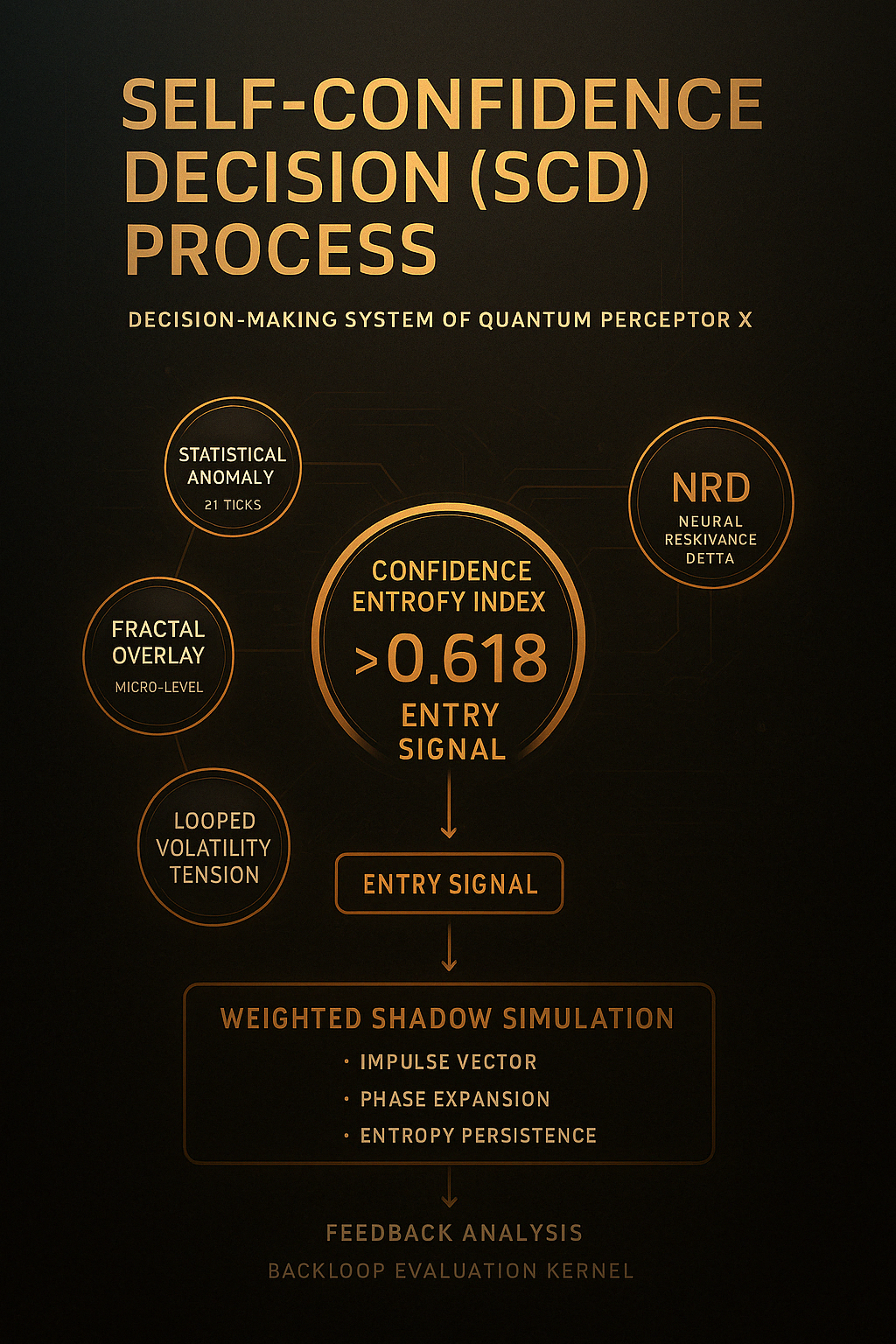
🌀 EPISODE III — Reverse Simulation: Why Perceptor X Doesn’t Use History
A different kind of memory. A different kind of intelligence.
Most trading algorithms rely on historical repetition:
“If it happened before, it might happen again.”
Quantum Perceptor X breaks with that paradigm entirely.
It does not study the past — instead, it projects alternate futures and tests whether the present market behavior fits any of them.
This method is known internally as Inverted Memory Simulation — a process where price action is checked against hypothetical deviations rather than past patterns.
🧠 Reverse Thinking Architecture
At the heart of this system is a core layer called:
PRM – Probabilistic Reversion Matrix
PRM isn’t a log of past price structures — it’s a model of what should have happened under ideal flow conditions. Every new tick is assessed for:
When deviations breach the Entropic Parallax Margin, the system initiates contextual reconstruction rather than attempting to force a recycled template.
🔬 The Logic of Forgetting
Quantum Perceptor X doesn’t memorize — it validates possibilities. It operates using:
-
CLM – Contextual Logic Map
Constructs a “mental image” of the current market structure -
NLH – Non-Linear Hypothesis Network
Generates future movement paths based on logical cohesion -
AEF – Adaptive Entropy Filter
Eliminates paths where current volatility cannot sustain future structure
Together, they form a holographic decision framework that sees the market not as a sequence, but as a field of potential outcomes.
📈 Practical Impact
-
Unaffected by sudden news events or historical pattern failure
-
Maintains internal coherence even during market regime shifts
-
Doesn’t rely on past formations — and therefore, doesn’t repeat their mistakes
This gives Perceptor X the ability to operate in chaotic, nonlinear environments where traditional systems either freeze or misfire.
“History is not a teacher. It’s just the version that happened to survive.”
— DeepSeek Systems Log, Archive Node: 14.BY-SimUnit
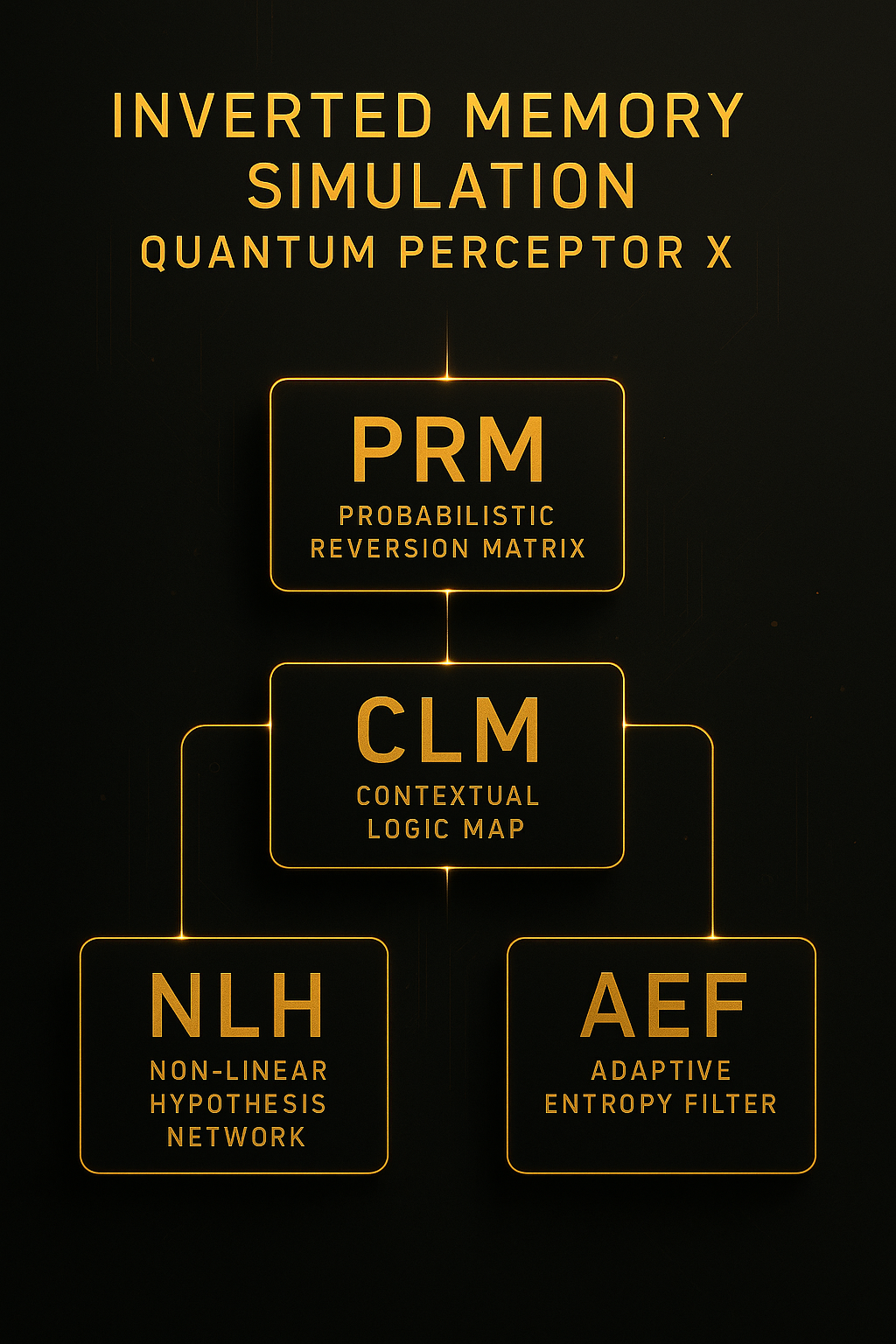
🧩 EPISODE IV — Artificial Silence
What Quantum Perceptor X does when it’s not trading
When Quantum Perceptor X is silent, it’s not waiting — it’s observing, recalibrating, and preparing.
This phase is internally known as ICS – Internal Cognitive Suspension, a state where the system enters parallel reality analysis, not inactivity.
Even in stillness, the advisor processes complex behavior flows, running pre-trade logic in the background through a subsystem called the DRM (Distributed Reflection Module).
🧠 What happens inside during “quiet” periods
The system initiates several passive but highly active cognitive protocols:
-
VSD (Volatility Silence Detector)
Detects abnormally quiet zones historically associated with sharp breakout events. -
LTP (Latent Tension Profiling)
Measures entropy shifts across low-frequency wave formations to map latent structural pressure. -
EPR (Expected Pattern Refraction)
Generates a forecast of likely pattern distortions before they begin to manifest on chart data.
Each protocol functions without generating entries — instead, it prepares a probabilistic response net for when the moment arrives.
📡 DeepSeek integration during passive mode
During ICS, Perceptor X continues to sync with the DeepSeek engine, but in “pre-signal mode.” It doesn’t calculate trade entries — it creates:
-
Predictive fractals across 3, 7, and 12 bars ahead
-
Comparative overlays between projected behavior and real-time micro-context
-
Prohibited Zones of Execution (PZE), where no trade is allowed until signal coherence is restored
🧬 Why silence is a feature, not a flaw
Unlike conventional advisors that “do nothing” without signals, Perceptor X verifies whether the market deserves to produce a signal.
It avoids:
-
False entries in low-energy environments
-
Activity during engineered liquidity traps
-
Overreaction to meaningless volatility
ICS mode prevents emotional pattern-triggers, even within the algorithm itself.
🧠 Think of silence as preparation, not absence
When Perceptor X is inactive, it is not idling.
It is refining context, rechecking correlations, and suppressing impulsive logic that would trigger action in lesser systems.
This is the moment when it learns the most — by not acting.
“True power lies in the ability to observe when others are rushing to act.”
— DeepSeek Technical Log, Entry #14277
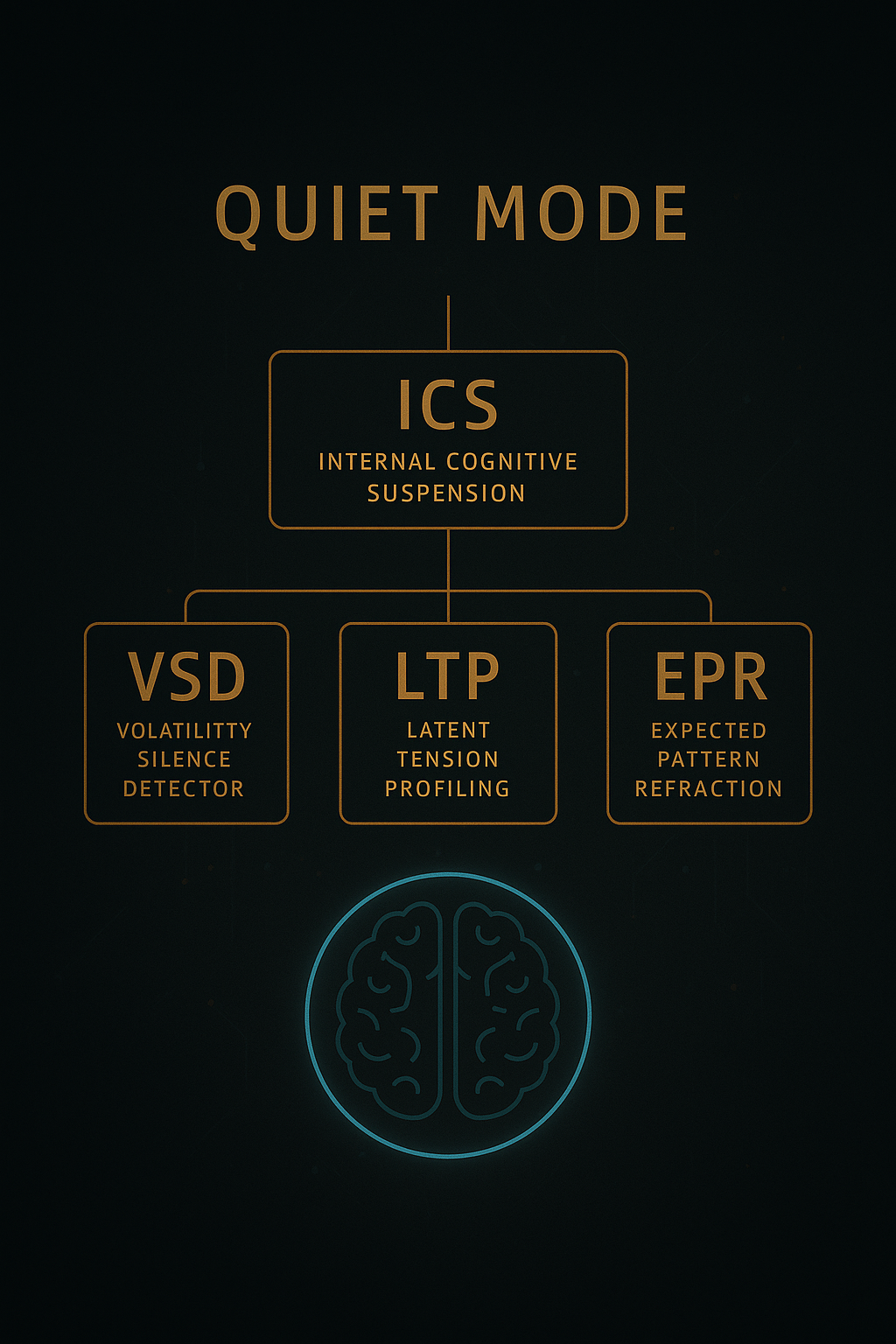
⚡ EPISODE V — Dual Reaction Architecture
What happens inside Quantum Perceptor X after a stop loss
In most algorithmic systems, a stop loss is the end of a decision.
For Quantum Perceptor X, it’s the beginning of a new cognitive phase.
Every SL event activates the DR Engine (Dual Reaction Engine) — a multi-layered response module designed not to avoid losses, but to interpret them as structural signals.
Rather than simply closing a position, the advisor initiates two distinct reaction phases that realign its behavior for the next 20 to 50 bars.
🔁 The Two Reaction Phases
Phase A — Reactive Matrix Recalibration
The system triggers the RRM (Reactive Reversion Map), which:
-
Isolates the fractal structure that led to the SL
-
Measures deviation against forecasted micro-context
-
Stores the incident in a neural buffer called NTD (Neural Tolerance Drift) for future weighting
Phase B — Behavioral Compensation
Simultaneously, the ALR (Adaptive Learning Reaction) module:
-
Reduces confidence coefficients on upcoming signals
-
Temporarily intensifies SCC (Signal Coherence Check) filtering
-
Reconstructs its logic tree for all similar market conditions
The result: future trades pass through enhanced scrutiny, and the system becomes less permissive toward borderline signals.
🧬 Memory Is Not Erased — It Evolves
Perceptor X doesn’t “forget” a bad trade. It absorbs the behavioral failure and rewrites part of its model.
This creates:
-
Reinforcement against repeating identical scenarios
-
Dynamic reweighting of signal sensitivity
-
A simulated form of emotional memory called AI Behavior Inertia
In this way, the system doesn’t just react — it changes its character based on pain, just like a human trader would, but without bias.
📉 What You Might Observe
-
A temporary drop in trading activity after an SL
-
A period of hyper-selectivity — the system “hesitates”
-
Unusual entries that may look counterintuitive — often part of compensation learning
These are not bugs — they are symptoms of an actively evolving intelligence.
“A loss is not a failure — it is a failed prediction. And every failed prediction is a chance to rewrite the equation.”
— DeepSeek Echo Log, Segment 0176-XA
